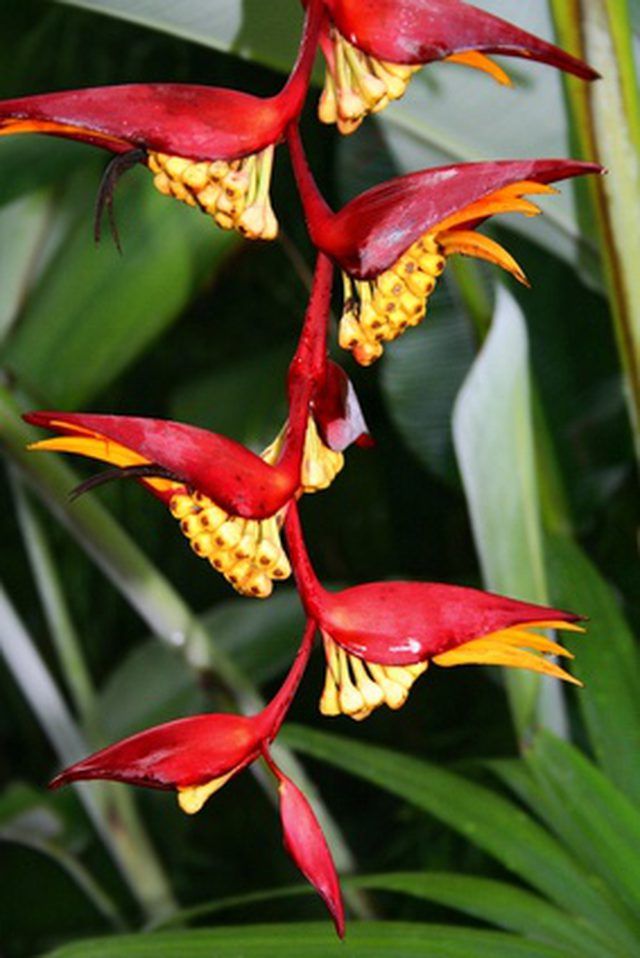Bulbs
Flower Basics
Flower Beds & Specialty Gardens
Flower Garden
Garden Furniture
Garden Gnomes
Garden Seeds
Garden Sheds
Garden Statues
Garden Tools & Supplies
Gardening Basics
Green & Organic
Groundcovers & Vines
Growing Annuals
Growing Basil
Growing Beans
Growing Berries
Growing Blueberries
Growing Cactus
Growing Corn
Growing Cotton
Growing Edibles
Growing Flowers
Growing Garlic
Growing Grapes
Growing Grass
Growing Herbs
Growing Jasmine
Growing Mint
Growing Mushrooms
Orchids
Growing Peanuts
Growing Perennials
Growing Plants
Growing Rosemary
Growing Roses
Growing Strawberries
Growing Sunflowers
Growing Thyme
Growing Tomatoes
Growing Tulips
Growing Vegetables
Herb Basics
Herb Garden
Indoor Growing
Landscaping Basics
Landscaping Patios
Landscaping Plants
Landscaping Shrubs
Landscaping Trees
Landscaping Walks & Pathways
Lawn Basics
Lawn Maintenance
Lawn Mowers
Lawn Ornaments
Lawn Planting
Lawn Tools
Outdoor Growing
Overall Landscape Planning
Pests, Weeds & Problems
Plant Basics
Rock Garden
Rose Garden
Shrubs
Soil
Specialty Gardens
Trees
Vegetable Garden
Yard Maintenance
Dominican Plants & Flowers
Dominican Plants & Flowers. With its varied topography and tropical climate, the Dominican Republic has some of the richest plant life in the Antilles. There are some 5,600 species, 36 percent of which are thought to be native. Vegetation varies considerably and is more prevalent than in neighboring Haiti. Mountainous regions are populated with...

With its varied topography and tropical climate, the Dominican Republic has some of the richest plant life in the Antilles. There are some 5,600 species, 36 percent of which are thought to be native. Vegetation varies considerably and is more prevalent than in neighboring Haiti. Mountainous regions are populated with pines and hardwoods, but these are diminishing due to hurricanes, fires and uncontrolled deforestation. In areas with heavier rainfall, grasslands and rainforests occur, while in drier areas shrubs and scrub are more common. Natural vegetation has given way to cultivation of crops in the fertile soils of the upland valleys.
Topography
The Dominican Republic is generally mountainous, with arid areas in the west of the country. The Central Cordillera mountain range runs east to west. The El Cibao region occupies the north of the country and is famed for its fertile soil.
Climate
The average year-round temperature in the Dominican Republic is 77 F, with the mountainous interior generally a few degrees cooler. The tropical climate has little seasonal variation, and the seasons are determined by rainfall more than any other factor. October through April is considered the rainy season. Hurricanes strike the south of the country every two years, on average, in August or September.
Vegetation
Despite deforestation, The most common type of vegetation is still subtropical forest, which is found in lowland areas and on the floors and slopes of most valleys. It is characterized by the abundant, lush, green landscape of royal palms, coconut palms, Hispaniolan mahogany, West Indian cedar, wild olive and American muskwood.
Edible Plants
Edible plants native to the Dominican Republic include the fruits and saps of of varying palms, bananas, money trees, coconuts and pineapples. An unusual but common plant to be found on many beaches is sea purslane. Used like any green leaf vegetable, all parts of the plant can be eaten raw or cooked.
Flowering Shrubs
There are thousands of species of tropical flowering shrubs in the Dominican Republic, and shrubs such as hibiscus, jasmine, yucca, oleander, bougainvillea and saw palmetto can be seen everywhere. Bougainvillea, with its abundant purple bracts, grows rampantly throughout the country and seems to thrive best in the more arid areas.